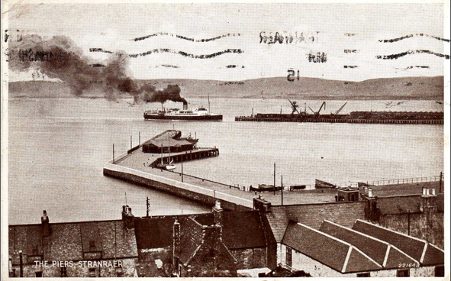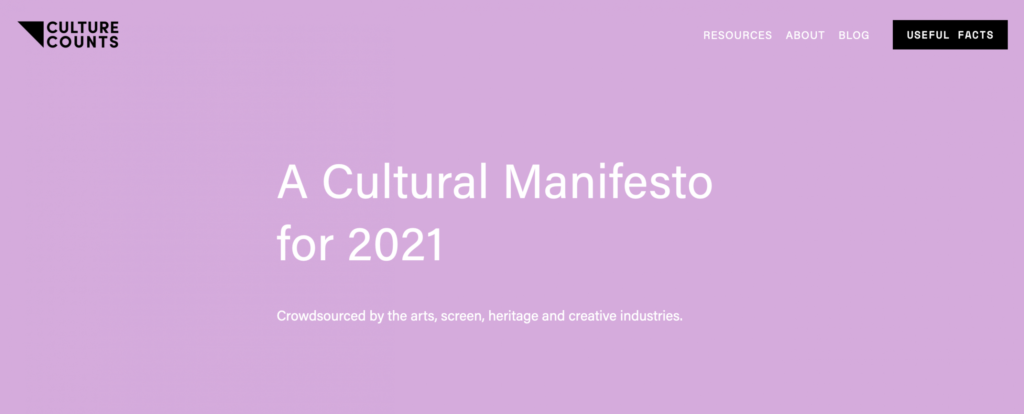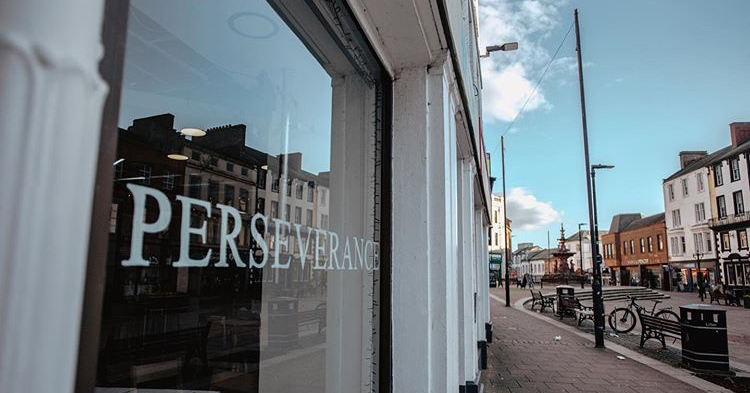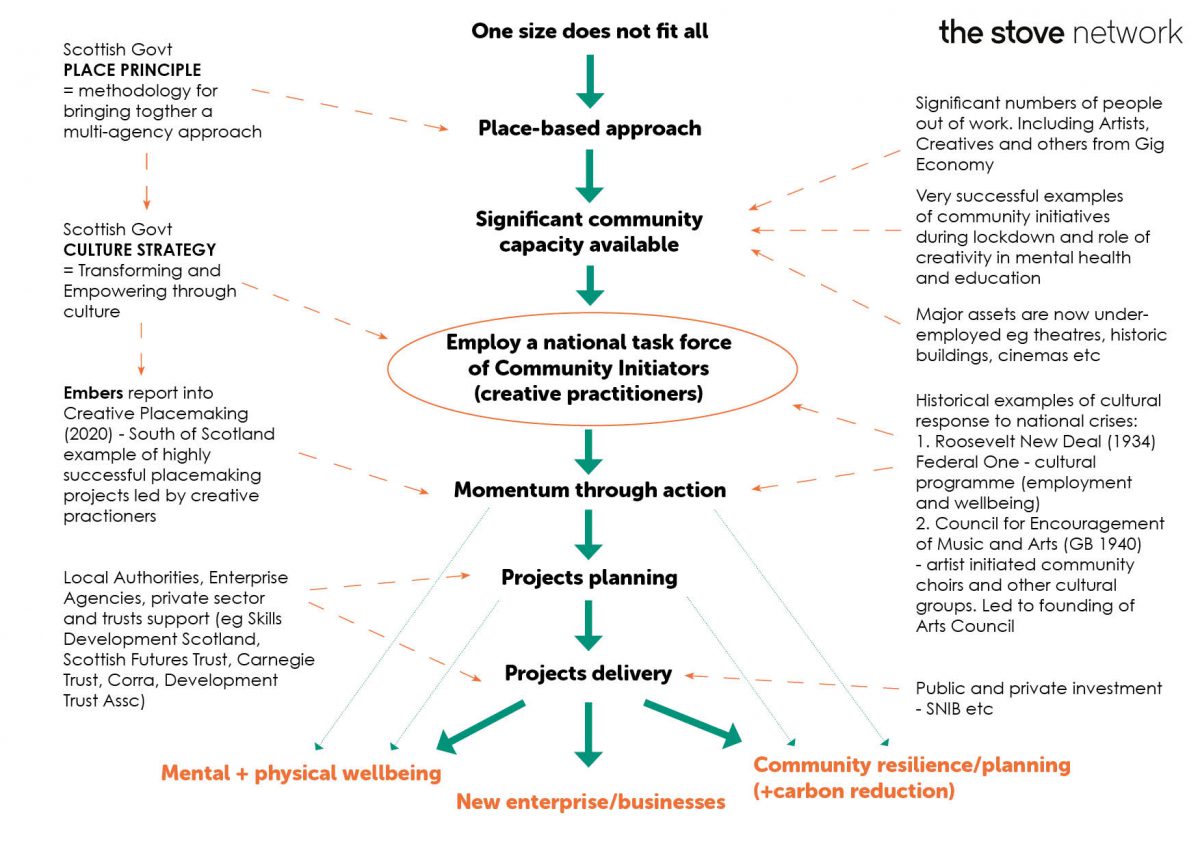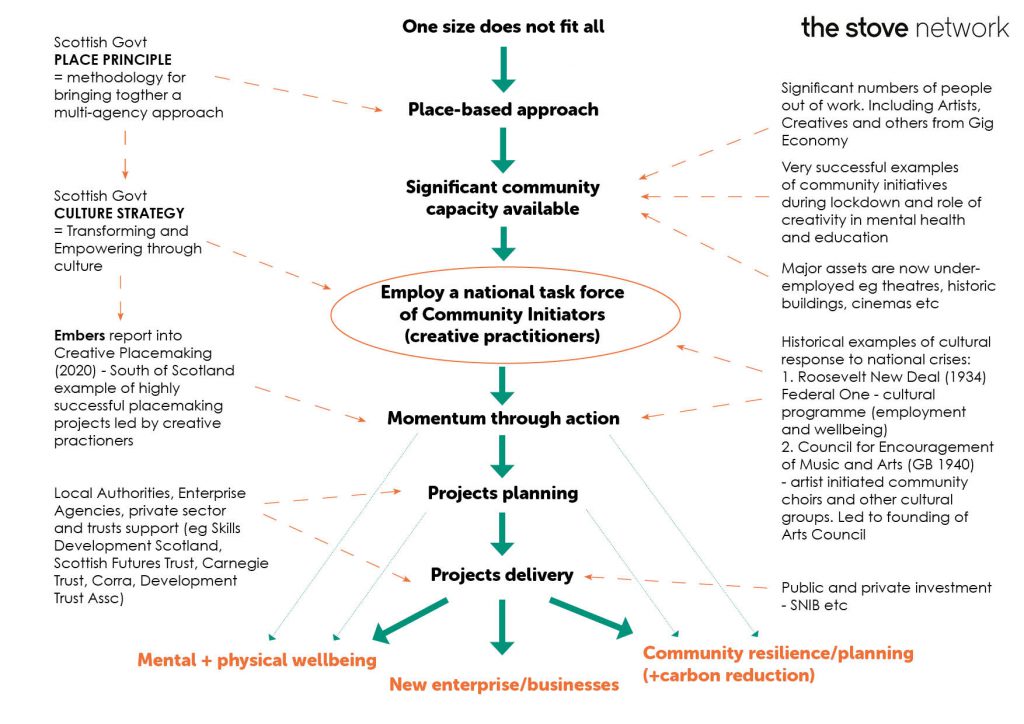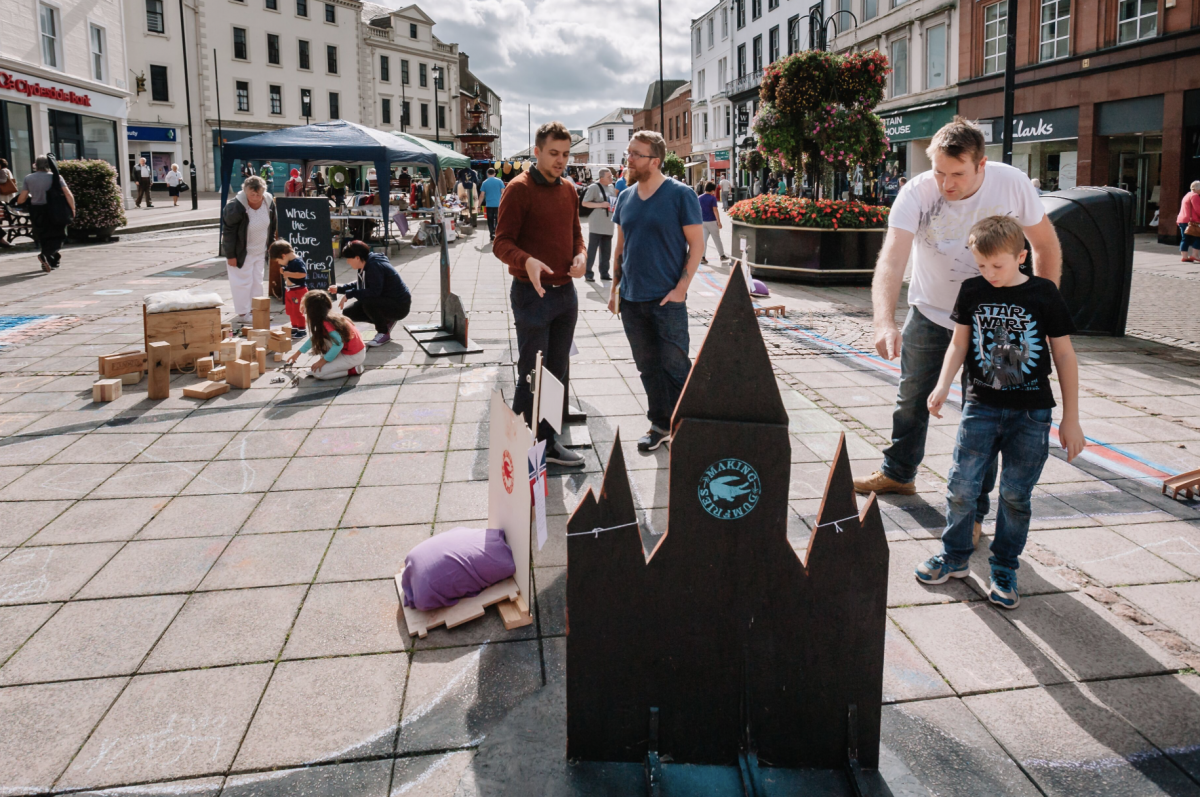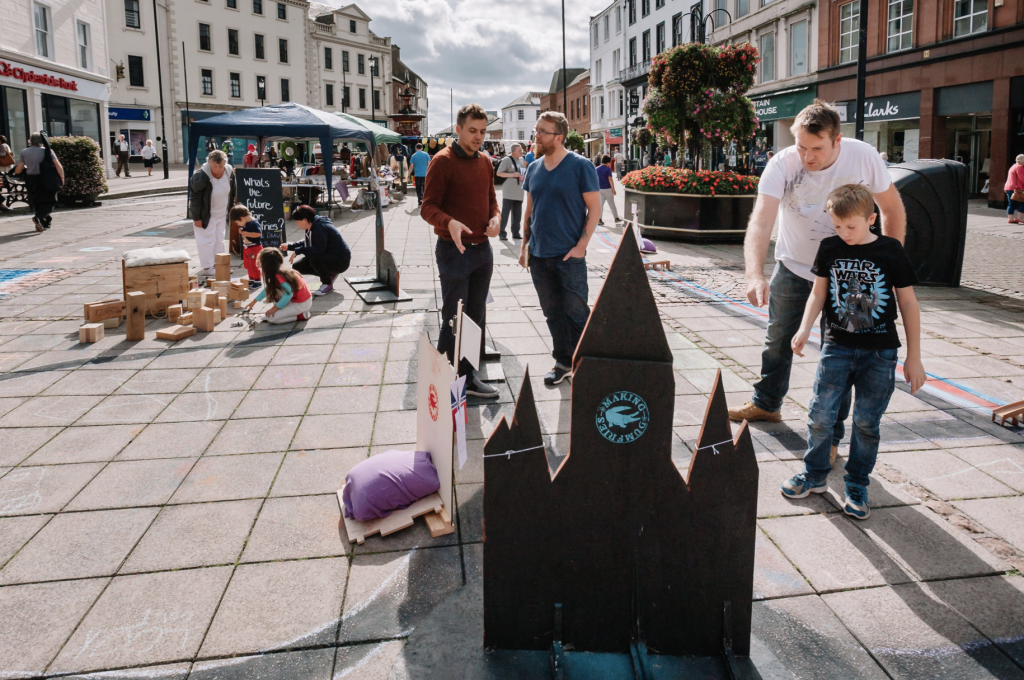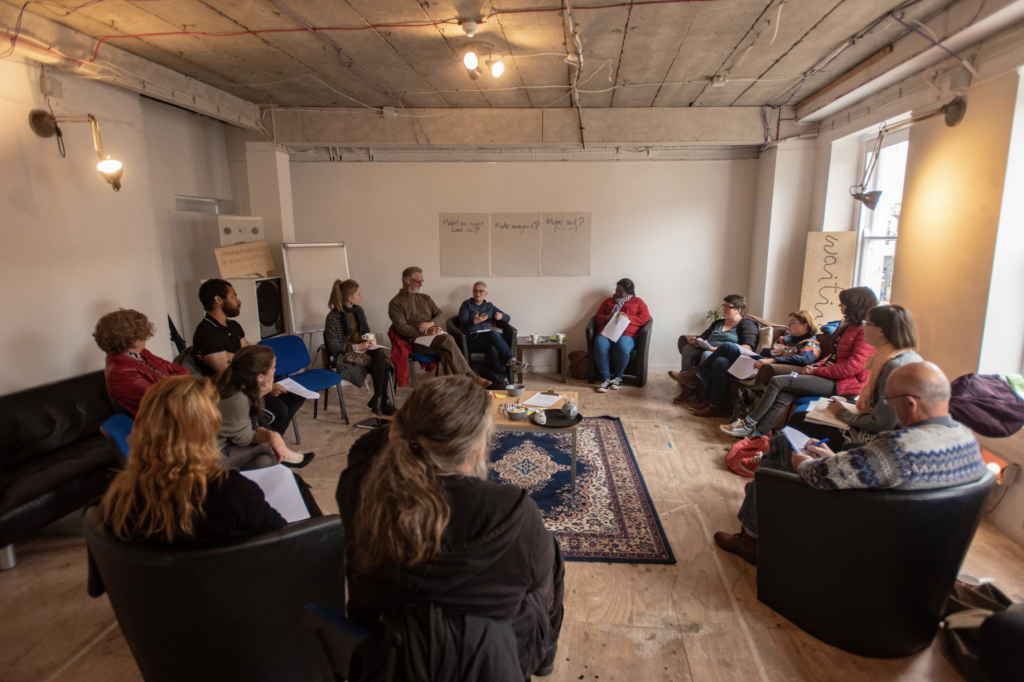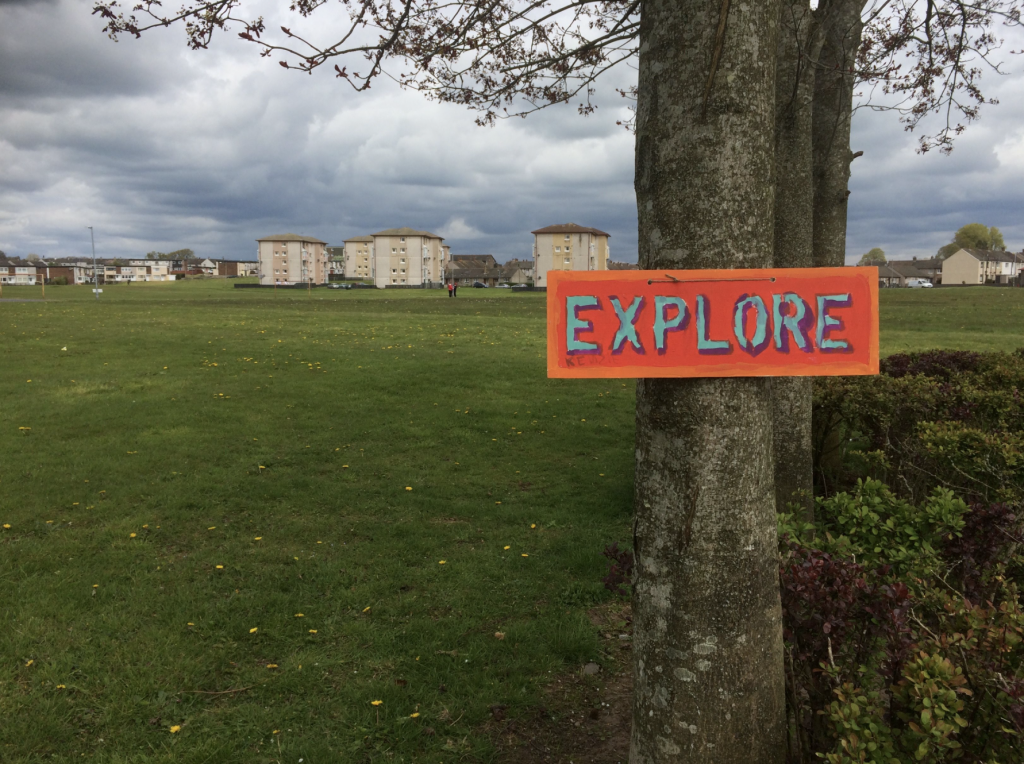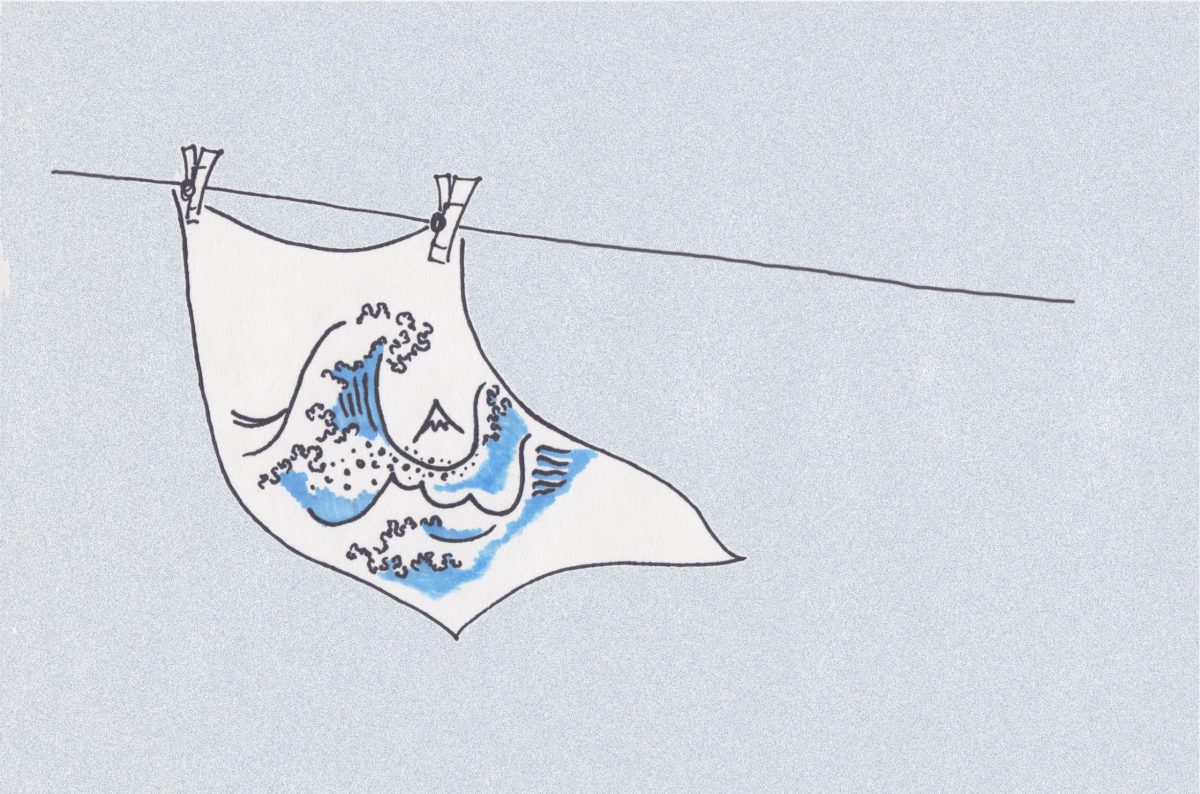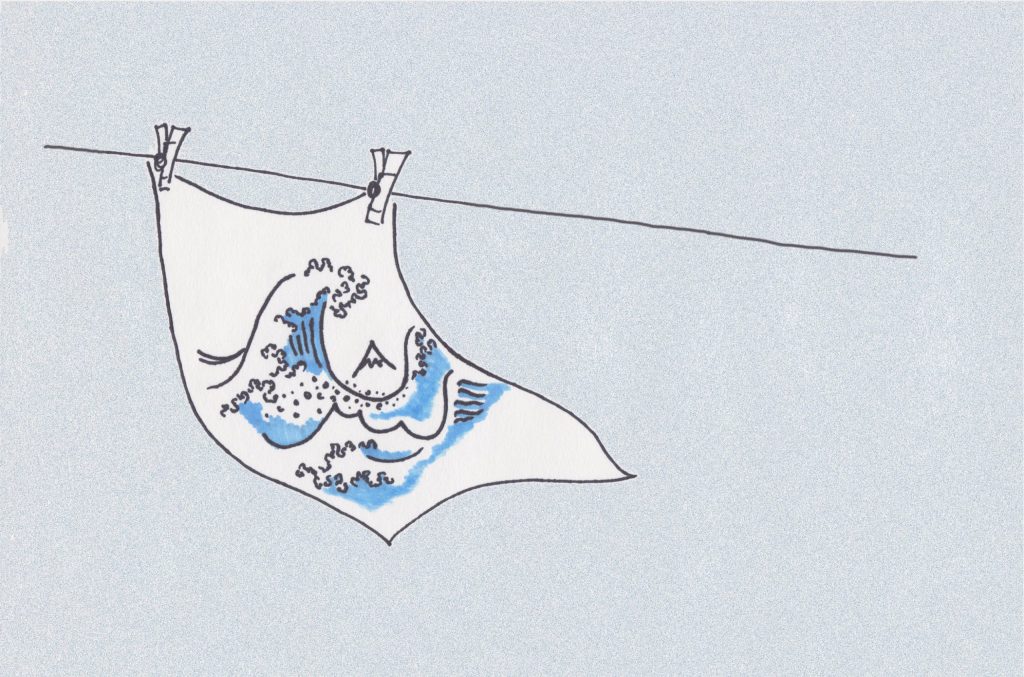Stranraer Waterfront Creative Community Engagement Project
(This Opportunity is Now Closed)
The Stove Network is looking for someone to join a project team tasked with creatively engaging the community of Stranraer in the development of the town’s waterfront area.
The Researcher, Recorder and Reporter (R, R+R) will work alongside a creative team who will deliver a programme of interactive and fun activities in the town designed to engage local people in thinking differently about their harbour area and contributing their own ideas about what they would like to see included in the environment in future.
About the role:
Fee: The maximum fee offered for this work is £3000 (inclusive of all expenses/VAT etc)
Location: The work will be based in Stranraer
Timeline: October 2023 – March 2024
The commission will form part of a wider process of re-imagining the Waterfront and the R, R & R will join a small team comprising:
- Arts and Engagement Officer (AEO) – who has been working within the Stranraer community gathering the creative sector and working with them on creative community engagement with local people as part of the revitalisation of Stranraer. The AEO will support the Waterfront Artist in building relationships with local people/groups/partners, communications/marketing, and event production.
- Waterfront Artist – the R, R+R will work closely with the Waterfront Artist who will begin work on the project at the same time and have a brief to engage the community through creative activities, installations, interactive elements, and facilitative conversation towards re-thinking the future use of the waterfront as a connected, culturally significant asset positioning its future as a significant component towards the regeneration of Stranraer. Most of the work of the R, R+R will be in association with and in reaction to the work of the Waterfront Artist.
- Support from The Stove Network – The Stove Network have been working in Stranraer supporting community-led regeneration projects for 2 years. They are a leading Creative Placemaking organisation in Scotland and will actively support the creative engagement work on Stranraer Waterfront with the full range of services offered by the full Stove team (from production to communications, from partnership building to operational systems)
- Support from DG Council and local community groups – the Local Authority and is working in a diverse partnership with local community groups as a broad-based community leadership group to deliver capital projects (including Waterfront projects such as Stranraer Marina, Stranraer Watersports Centre, and a marine research facility) that will underpin a future Stranraer. This group will support the creative engagement work on the Waterfront with information, contacts, partnership events and assets.
The job of the R, R+R will include:
- Shadowing the activities of the creative team
- Taking notes of conversations with people engaging in the project
- Following upon leads suggested through interactions with members of the community
- Recording basic demographic information on those participating in project activities
- Looking at the history of the town for clues to the future and building on initiatives already underway in the town
- Contributing to the development of activities and events by researching the background to themes/places/ideas etc
The final element of the R+R commission will be to compile a report on the community engagement project which can contribute to the development of designs for Stranraer’s Waterfront.
Who we’re looking for:
This commission would suit someone with experience in:
- information gathering/organising
- writing reports
- working as part of a team
- It would be an advantage, but not essential, to have experience of working on creative/community projects.
How to apply:
To apply please contact [email protected] in the first instance to arrange an informal chat about the project.
Deadline for applications: Thursday 24th August 2023 at 5pm
Thereafter you will be asked for a formal application via email to: [email protected]
We are open to video/recorded sound applications that address the brief and would encourage those who may have additional access requirements or support needs, both in application and anticipated through delivery of the project, to please let us know what we can do to make this opportunity as accessible as possible.
When applying, please include the following:
- Subject line Researcher, Recorder and Reporter Commission
- A statement about how you would approach the project
- A day rate/estimate of time required.
- A description of past/ relevant experience
- The names and contact details of two referees
- If you are willing, please also complete our Equalities Monitoring form as part of your application:
It’s important that our people reflect and represent the diversity of the communities and audiences we serve. We welcome and value difference, so when we say we’re for everyone, we want everyone to be welcome in our teams too. Wherever you’re from, and whatever your background, we want to hear from you. We will accept applications from anyone and everyone who feels they have the skills required to fulfil this role.
We will always send an email acknowledging receipt of any applications. If you do not receive an email, please contact us again. If you require specific support when making an application, please let us know.
Background
Background
Stranraer is at a pivotal point in its history. Ten years ago, the Stena Line ferry moved its operations from Stranraer to run their route to Northern Ireland from Cairnryan. A period of decline has followed for the town, but now Stranraer stands on the brink of a new chapter in its story with investment secured for a series of significant capital projects. These include projects for the Waterfront: a marina, a watersports centre, and a marine research facility. In the town centre the centrepiece project is the re-development of the former George Hotel into a culture and community centre including a bouldering centre and bunkhouse. These projects are all stitched into the community-led Place Plan for the town. The local community have worked in partnership with Dumfries and Galloway Council and South of Scotland Enterprise, and this commission is part of an ongoing commitment to keep the community right at the heart of the future vision for Stranraer.
.

